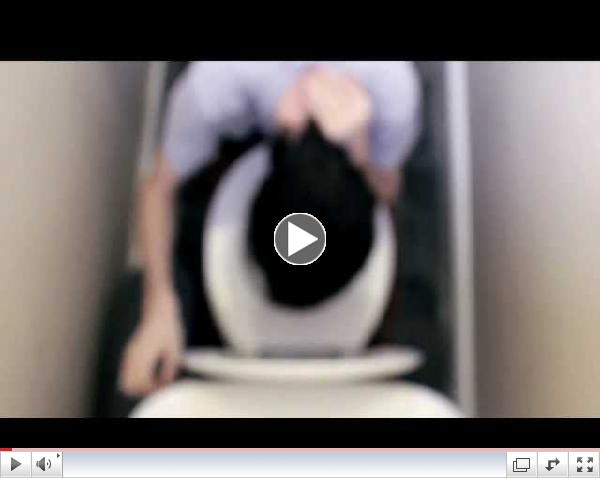Efficacy & safety of histamine-2 receptor antagonists (H2RA's) for gastroesophogeal reflux disease (GERD) in children.
| |
Life style changes (elevating the upper body at night, smaller meals, reducing intake of foods that aggravate symptoms and/or decrease the lower sphincter tone) may reduce symptoms in children with GERD. For reflux esophagitis however, acid-reducing therapy is indicated. Their efficacy and safety have been a point of contention.
A systematic study of randomized clinical trials from a number of databases indicates that overall H2RA's are effective in reducing symptoms, inducing histological mucosal healing and increasing gastric pH( however in infants, only histologic improvement appears to occur).
H2RA's, antacids and proton pump inhibitors appear to achieve similar results. Safety analysis data for H2RA's is of poor quality and further studies are needed.
JAMA Pediatrics
|
|
Management & outcomes of 35 cases of fetal/neonatal alloimmune neutropenia.
| |
Fetal/neonatal neutropenia occurs when maternal immunoglobulin G (IgG) neutrophil antibodies (HNA-antibodies) enter the fetal circulation.
A study of 3 FNAIN cases finds a variety of antibodies (mostly anti-HNA-1a, HNA-1b and HNA-2) present; 60% of infants present with an infection and with antibiotic treatment no fatalities occur.
Acta Paediatrica
|
|
Association between infant swimming & rhinovirus induced wheezing.
| |
"Infant swimming has been considered as a risk factor for wheezing, but the role that respiratory viruses play is unclear."
A study of data on 1,038 swimming infant's, (635 of whom had viral follow-up), indicates that swimming does not appear to increase the likelihood of wheezing, however in the presence of a rhinovirus infection, wheezing is significantly increased (particularly in infants with atopic eczema).
Acta Paediatrica
|
|
|
Identification of children & adolescents at risk for scarring after a first urinary tract infection.
Apparently, there are no studies which systematically examine the accuracy of available clinical, laboratory, and imaging variables in detecting scarring with a first UTI.
Pooled individual data from 9 cohort children's studies, 0-18 years of age (1,280 patients - 15.5% of them having scarring) indicates that children and adolescents with a fever (>39C), whose urinary tract infective organism was NOT E. coli, and who had an abnormal finding on renal ultrasound are at higher risk for developing renal scarring (these three variables utilized together are essentially as good at predicting scarring as from a combination of blood studies in the presence of vesicoureteral reflux).
JAMA Pediatrics
|
Early predictors of severe Acetominophen-induced hepatotoxity
It appears that the combination of abnormal initial biochemical parameters (particularly abnormal serum INR and ALT levels), the number of pre-hospital vomiting episodes, and the time to N-acetylcysteine initiation provides fairly strong evidence for the likelihood of children developing hepatotoxity (this study found no relationship between the amount of acetaminophen ingested and the degree of hepatotoxicity).
Acta Paediatrica
|
Video Feature (via YouTube)
 | |
Understanding Adolescent Eating Disorders
|
|
 | |
Eating Disorders in Adolescents
|
|
|
Predictors of dieting & eating disorders from adolescence to young adulthood.
Personal and socio-environmental factors are associated with the persistence of dieting or disorder eating habits form adolescence to young adulthood.
A survey study of 4,746 adolescents and repeated 10 years later, indicates that the presence of weight concerns, weight importance, depressive symptoms and body satisfaction during adolescence are predictive of dieting or eating disorder behavior 10 years later. Journal of Adolescent Health |
Clinical effectiveness of bougienage in the management of ingested esophageal coins.
Foreign body (FB) ingestion is a common pediatric problem, with coins being the most common foreign body ingested. Usually the FB is removed endoscopically.
"Bougienage" is a procedure involving the passing of a thin rubber (or other material e.g. plastic) cylinder through a body passage e.g. esophagus, to dislodge an object (frequently into the stomach).
A large (245 patients) retrospective case series examined the outcomes of utilizing bougienage (compared to surgical retrieval) in a medically stable, single coin, witnessed ingestion, group of children.
Bougienage is successful in 94% of children with esophageal coin ingestion. It appears safe and is more time and cost efficient than other treatments.
The American Journal of Emergency Medicine
|
|
|
Download, print and pin this information on your office wall.
-This is a "Must Have" (Ed.)
|
|
Updates in Pediatrics is brought to you by:
| |
|
Underwriting Opportunities
|
With a circulation of over 5,000, Updates in Pediatrics offers an excellent opportunity to promote your brand at affordable rates.
|
|
|